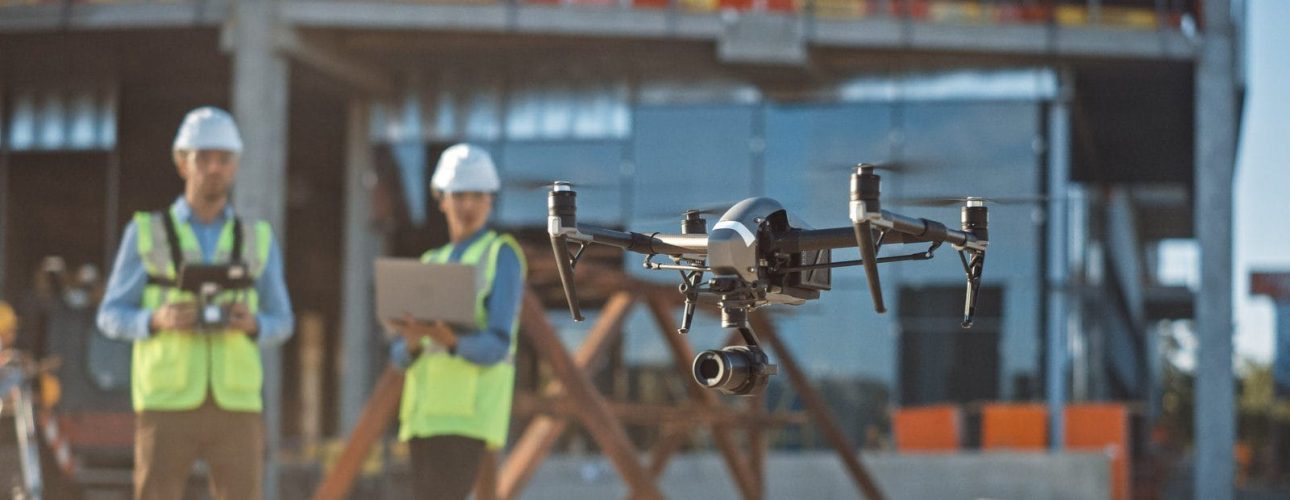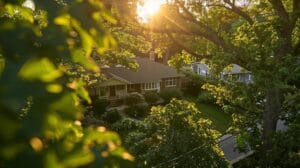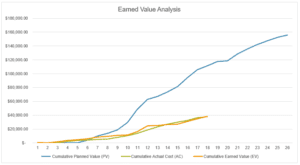Are you a landowner, property developer, or construction manager looking to obtain the most accurate and precise measurements of your project area? Then drone surveying may be the right technology for you.
LiDAR Technology and Its Application in Land Surveying
Drone Surveying, also known as LiDAR Land Surveys, offers highly accurate information on geographical features such as elevation maps, rivers, lakes, and more.
LiDAR (Light Detection and Ranging) technology is revolutionizing the world of land surveying. This cutting-edge technology uses laser sensors to create a 3D model of survey areas, providing an accurate and highly detailed representation of the terrain.
It is especially useful for topographical surveys, where a precise understanding of the landscape is crucial. And when this work can be assisted with the use of a drone, it allows land surveyors to get to previously inaccessible locations with ease.
How LiDAR Works
LiDAR is an innovative and highly accurate surveying and mapping technology that is revolutionizing the way we explore and understand our surroundings. To collect data, LiDAR uses a specialized sensor that emits pulses of light and measures the time it takes for these signals to bounce back, allowing it to create incredibly detailed 3D maps of land and terrain with pinpoint accuracy.
Widely used in the field of land surveying, LiDAR has enabled us to uncover new insights and information about our natural environment, from creating comprehensive digital models of entire cities to mapping out previously undiscovered archaeological sites. If you’re interested in learning more about the fascinating world of LiDAR technology, there’s no better time than now to dive in and explore this exciting field.
Benefits of Using Drone LiDAR for Land Surveying
By using drones to conduct LiDAR surveys, land surveyors can significantly reduce costs and the time associated with traditional surveying techniques. This is because LiDAR can collect vast amounts of data over a wide area quickly. The resulting dataset is incredibly detailed, allowing for more accurate and precise measurements. It can cut through dense vegetation or obscured areas, and LiDAR surveying can be done in low-light situations.
Unlike traditional methods, drone surveying allows for more precise, efficient, and affordable results. By using unmanned aerial vehicles (UAVs), surveyors can obtain high-resolution images and accurate 3D models of terrain, structures, and other features without the need for heavy equipment or manual labor. The UAV features downward-facing sensors and can photograph the landscape below from numerous angles. All the data collected is logged with the coordinates so a high-resolution composite can be created.
Another benefit of a drone survey is that the UAV can cover larger areas and access hard-to-reach locations, such as cliffs, forests, or disaster zones, with minimal risk and disturbance. Moreover, drone surveying offers more flexibility, customization, and scalability in terms of data collection, processing, and analysis than conventional surveying methods.
Some of the assets you can get from drone surveying include:
- 3D Point Cloud
- 3D Textured Mesh
- Contour Lines
- Digital Surface Models
- Digital Terrain Models
- Orthomosaic Maps
Types of Projects That Can Be Completed Using LiDAR Drone Surveying
Drone surveying with LiDAR technology has opened up a world of possibilities for projects that require precise 3D mapping and land surveying. Thanks to the versatility and efficiency of unmanned aerial vehicles, surveys that used to take weeks or even months can now be completed in a matter of days.
The technology can be used for a variety of applications, including:
- Mining
- Construction
- Environmental Monitoring
- Forestry Management
- Infrastructure Projects
- Cartography
Drone surveying with LiDAR is quickly becoming an essential tool for anyone looking to gather accurate spatial information, such as volumetric measurements and slope, quickly and cost-effectively.
Cost Comparison: Traditional vs Drone-Based Land Surveying
While traditional surveying has been the norm for a long time, drone-based surveying has recently emerged as a cost-effective alternative. A commercial land survey could cost anywhere from $500 to $1,000 per acre. Because a drone can collect data up to five times faster than a person on foot, there’s great potential for the job to cost much less. Some estimates bring a drone survey cost down to $30 to $120 per acre.
How to Choose Between Drone Surveying or On-Foot Surveying
Ultimately, choosing the right method for your needs will depend on the size of the area being surveyed and the level of detail you need. If you have questions about which type of land surveying is best for your project, get in touch with Anderson Engineering today.





